#wildlife: denmark
Explore tagged Tumblr posts
Text
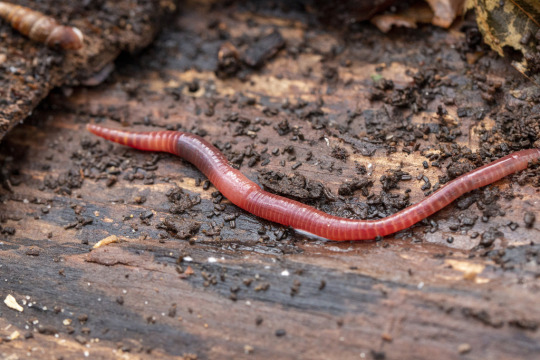
A redworm (Eisenia fetida) in Denmark
by Tina Ellegaard Poulsen
#redworm#red wiggler#earthworms#worms#eisenia fetida#einsenia#Lumbricidae#Opisthopora#Clitellata#annelida#wildlife: denmark#wildlife: europe
31 notes
·
View notes
Text

Last week we began the preparation of this young Chelonia mydas, a green sea turtle, that washed up on a Danish beach earlier this year (you can read a bit about the discovery here). It’s the first green sea turtle recorded from Denmark! The specimen is in *beautiful* condition, with just two barnacles attached, but the gut and cloaca seemed practically empty; we wonder if there might be plastic in the gut, but for the sake of the integrity of this extremely rare specimen, we did not dissect further.

Check out these awesome ‘teeth’ on the palate and the beak—the turtle solution to the loss of true teeth.

This kind of thing is a real highlight of the job. Such a privilege and honour to get to work with these special specimens of national and international significance.

#sea turtle#turtle#animal#wildlife#zoology#Chelonia#Chelonia mydas#Natural History Museums#Natural History Museum of Denmark#gpoyt#my face#that thing on the front of my skull#selfie#cw: dead animal#cw: turtle mouth
317 notes
·
View notes
Text




Pieces I did as part of a bird taxidermy course in Denmark
•
All animals are sustainably and legally sourced, I am a fully licensed taxidermist in my country
#tawny owl#owl#kestrel#song thrush#thrush#kingfisher#bird#birds of prey#raptor#passerines#taxidermy#taxidermist#oddities#curio#wildlife#nature#denmark
196 notes
·
View notes
Text

(tiny) inland thornbill | western australia
#birblr#birds#nature#nature photography#western australia#photography#lensblr#photographers on tumblr#australia#original photographers#inland thornbill#thornbill#wildlife photography#wild animals#wildlife#denmark wa#bird photography#birdwatching#bird
70 notes
·
View notes
Photo
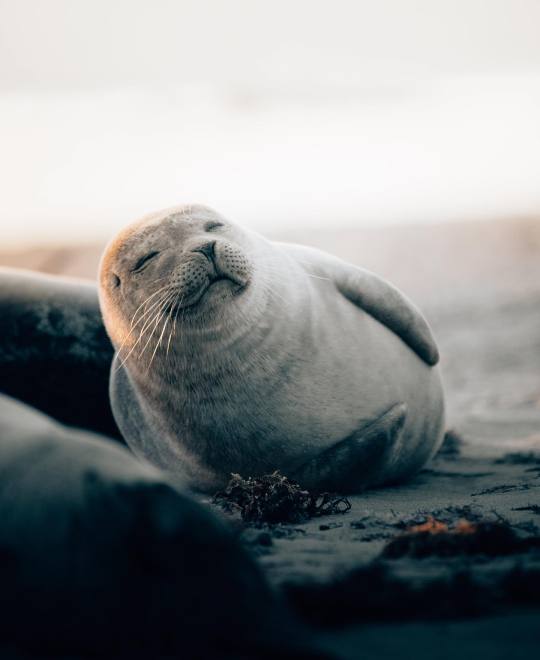
“ Sea doggo after eating the whole lasagne by himself “ // Philipp Pilz
205 notes
·
View notes
Text

In a world full of trends, I wish to remain a classic
Denmark, Western Australia
On my travels
#original photographers#nature photography#wildlife photography#bird photography#peacock#Denmark#on my travels
56 notes
·
View notes
Text

Denmark at night.
4 notes
·
View notes
Text


Wildlife crossing bridge- eco bridge- in Denmark 💚👍
3 notes
·
View notes
Text
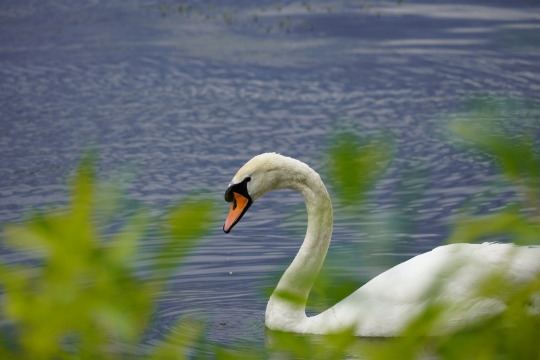

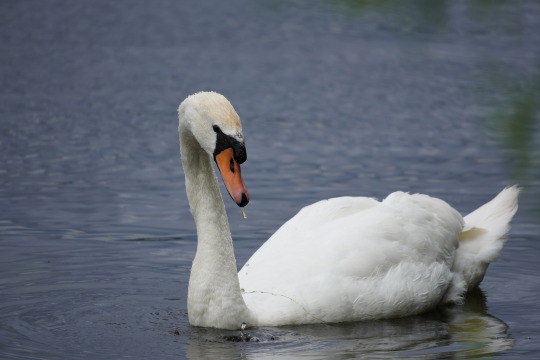
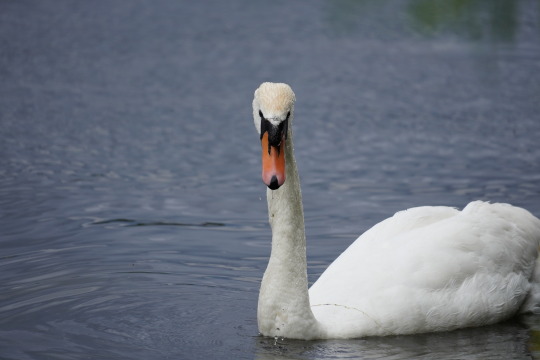
Mute Swan
Location: Viborg, DK
#photography#bird#nature#photo#birding#bird photography#birds#wildlife#bird photos#bird watching#birdphotography#nature photography#birds nature#swan#mute swan#denmark#viborg#dk#bird in water#wildlife photography
14 notes
·
View notes
Photo
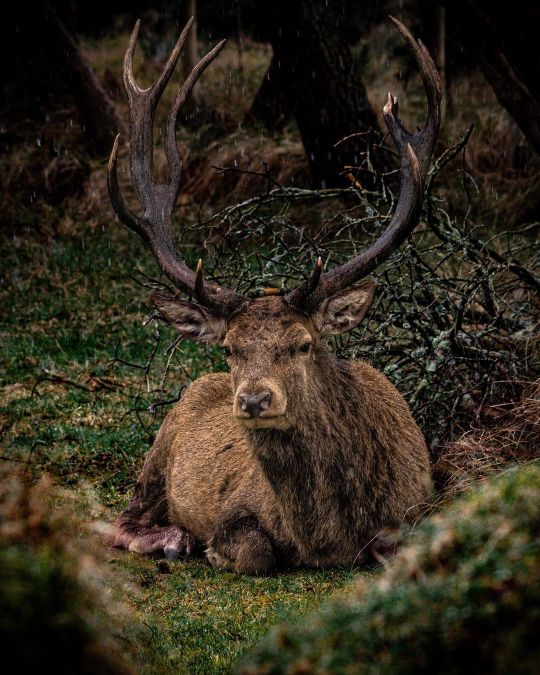
Stag resting in the rain #deer #rotwild #stag #hirsch #vejersstrand #vejers #denmark #sydjylland #südjütland #danmark #dänemark #lightandshadow #animals #wildlife #wildlifephotography (hier: Vejers Strand, Ribe, Denmark) https://www.instagram.com/p/Cp-Kg0OIQq5/?igshid=NGJjMDIxMWI=
#deer#rotwild#stag#hirsch#vejersstrand#vejers#denmark#sydjylland#südjütland#danmark#dänemark#lightandshadow#animals#wildlife#wildlifephotography
10 notes
·
View notes
Text
Five years ago, Delle the bottlenose dolphin was spotted by himself in Denmark's Svendborgsund strait which is far outside the natural range for the dolphins.
Researchers dropped microphones into the strait to see how a lone dolphin was interacting with its environment. They didn't expect much but instead recorded over 10,800 noises over a period of three months. This included calls normally reserved for dolphins interacting with their pod, multiple unique personal calls when most dolphins only have one for themselves and aggressive response calls indicating an argument with other members of its pod.
Researchers think that Delle has been by himself for so long he's talking to himself.
#wildlife#animal behavior#animal intelligence#cetacean#dolphin#bottlenose dolphin#Common Bottlenose Dolphin#Delle the Dolphin#isolation#self-talk#Svendborgsund#Denmark
1 note
·
View note
Text
youtube
🦁 Bengal Tiger vs. African Lion: Who Reigns Supreme? 🐅
🌍 Dive into the wild as we pit two of nature's most magnificent big cats against each other!
🔍 In this epic showdown, we explore: 🔥 The raw power and agility of the Bengal Tiger 🦁 The regal strength and tactical prowess of the African Lion 🌲 Their unique hunting strategies and habitats ⚖️ Who has the edge in a head-to-head battle?
📺 Watch now to discover which king of the jungle truly rules!
🔗 YouTube Video
💬 Let us know in the comments: Are you Team Tiger or Team Lion?
🐾 Don't forget to LIKE, SHARE, and SUBSCRIBE for more thrilling wildlife content!
#WildlifeShowdown#BengalTiger#AfricanLion#NatureBattle#BigCats#Wildlife#AnimalKingdom#china#argentina#australia#austria#bangladesh#belgium#brazil#canada#chile#colombia#denmark#egypt#finland#france#germany#greece#hungary#iceland#india#indonesia#iran#ireland#israel
1 note
·
View note
Text
#adventure travel#canada#candice gaukel andrews#carbon dioxide#carbon-free economy#carbon-free fuel#clothing#co2#co2 emissions#denmark#elastane#environment#lycra#natural habitat adventures#nathab#new zealand#plastics#recycling#repurposing#science#science and environment#scientific research#spandex#technology#u.s.#world wildlife fund#wwf
0 notes
Text




Jægersborg Dyrehave, Klampenborg, Kongens Lyngby, Denmark
Taken by Razvan Mirel
#Jægersborg Dyrehave#Klampenborg#Kongens Lyngby#Denmark#Europe#Deer#Wildlife#DenmarkWildlife#Nature Preserve
0 notes
Text
earned another free book from thriftbooks so I’m getting a travel guide to denmark
hyperfixating on an oc I know almost nothing about in a setting I know only slightly more than nothing about & that I only have 2 pieces of art for is fucking agonizing. it’s just me & my binder full of notes on graph paper & my pinterest board 😔
#struggling to find like. wildlife guides.#so I’m settling for that#saw a rlly cool used book abt archaeology in denmark but it was almost $20
9 notes
·
View notes
Text
Dandelion News - November 15-21
Like these weekly compilations? Tip me at $kaybarr1735 or check out my Dandelion Doodles! (sorry it's slightly late, the links didn't wanna work and I couldn't figure it out all day)
1. Wyoming's abortion ban has been overturned, including its ban on abortion medication

“Wyoming is the second state to have its near-total abortion ban overturned this month[…. Seven other states] also approved amendments protecting the right to an abortion. A lawsuit seeking to challenge the [FDA]’s approval of abortion medication recently failed when the Supreme Court refused to hear it[….]”
2. Patches of wildflowers in cities can be just as good for insects as natural meadows – study

“This study confirmed that small areas of urban wildflowers have a high concentration of pollinating insects, and are as valuable to many pollinators as larger areas of natural meadow that you would typically find rurally.”
3. Paris could offer new parents anti-pollution baby 'gift bags' to combat 'forever chemicals'

“The bag includes a stainless steel baby cup, a wooden toy, reusable cotton wipes, and non-toxic cleaning supplies as part of a "green prescription". […] The city will also have 44 centres for protecting mothers and infants that will be without any pollutants[….]”
4. Indigenous guardians embark on a sacred pact to protect the lowland tapir in Colombia
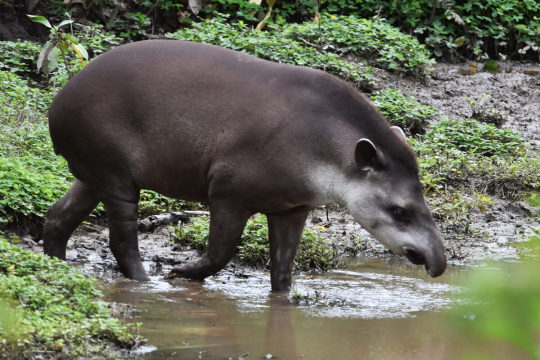
“The tapir is now the focus of an Indigenous-led conservation project[… A proposed “biocultural corridor”] will protect not only the populations and movements of wildlife such as tapirs, but also the cultural traditions and spirituality of the Inga and other neighboring Indigenous peoples[….]”
5. Denmark will plant 1 billion trees and convert 10% of farmland into forest

“[…] 43 billion kroner ($6.1 billion) have been earmarked to acquire land from farmers over the next two decades[.… In addition,] livestock farmers will be taxed for the greenhouse gases emitted by their cows, sheep and pigs from 2030, the first country to do so[….]”
6. The biggest grid storage project using old batteries is online in Texas

“[Element operates “used EV battery packs” with software that can] fine-tune commands at the cell level, instead of treating all the batteries as a monolithic whole. This enables the system to get more use out of each cell without stressing any so much that they break down[….]””
7. Durable supramolecular plastic is fully ocean-degradable and doesn't generate microplastics

“The new material is as strong as conventional plastics and biodegradable, [… and] is therefore expected to help reduce harmful microplastic pollution that accumulates in oceans and soil and eventually enters the food chain.”
8. Big Oil Tax Could Boost Global Loss and Damage Fund by 2000%

“[… A] tax on fossil fuel extraction, which would increase each year, combined with additional taxes on excess profits would […] generate hundreds of billions of dollars by the end of the decade to assist poor and vulnerable communities with the impact of the climate crisis[….]”
9. Rooftop solar meets 107.5 pct of South Australia’s demand, no emergency measures needed

“[T]he state was able to export around 658 MW of capacity to Victoria at the time[….] The export capacity is expected to increase significantly as the new transmission link to NSW[…] should be able to allow an extra 150 MW to be transferred in either direction by Christmas.”
10. Light-altering paint for greenhouses could help lengthen the fruit growing season in less sunny countries

“[Scientists] have developed a spray coating for greenhouses that could help UK farmers to produce more crops in the future using the same or less energy[… by optimising] the wavelength of light shining onto the plants, improving their growth and yield.”
November 8-14 news here | (all credit for images and written material can be found at the source linked; I don’t claim credit for anything but curating.)
#hopepunk#good news#abortion#abortion rights#reproductive rights#pollinators#guerrilla gardening#wildflowers#paris#babies#new parents#tapir#indigenous#denmark#reforestation#electric vehicles#energy storage#plastic#microplastics#biodegradable#fossil fuels#solar panels#gardening#solar energy#solar power#nature#us politics#technology#australia#uk
137 notes
·
View notes